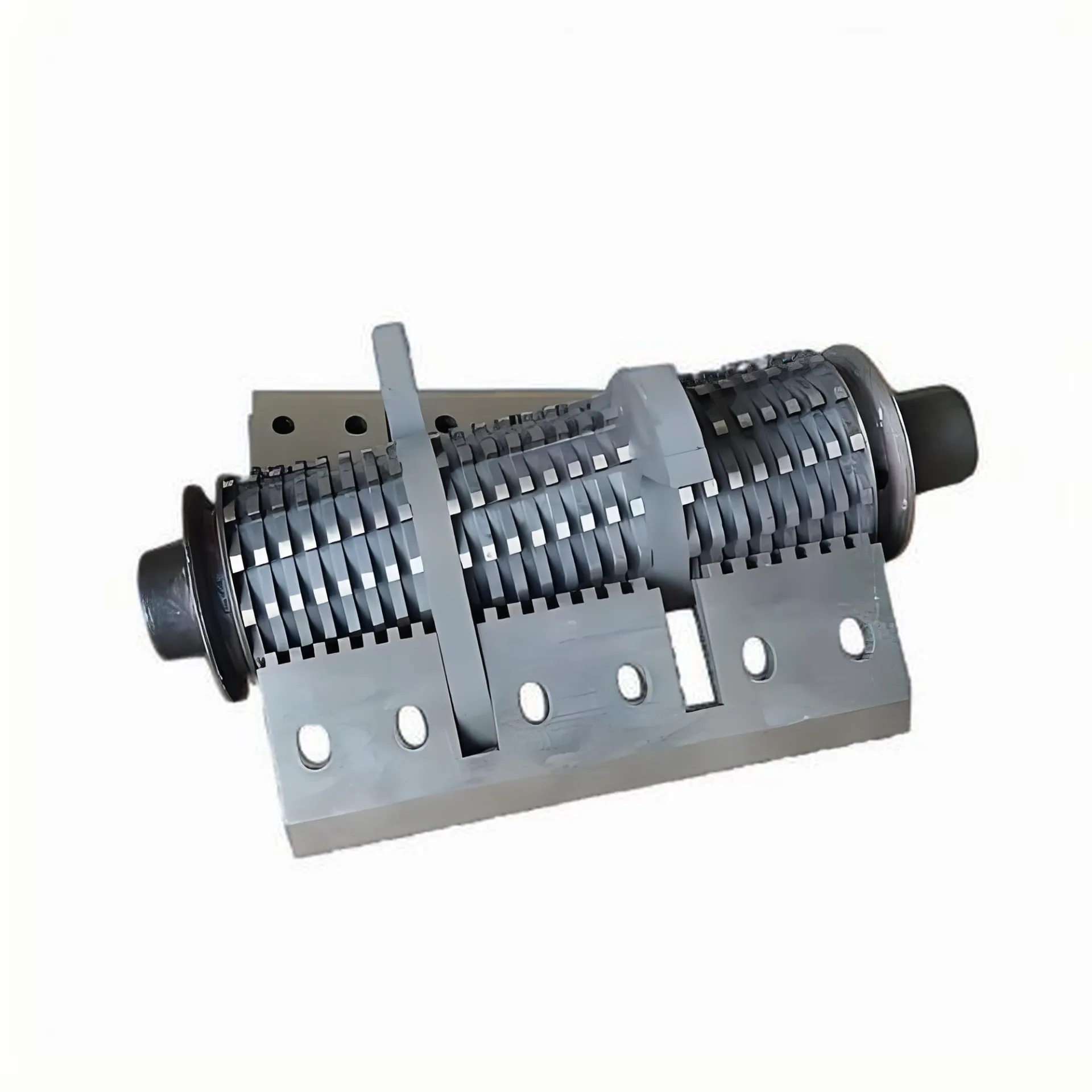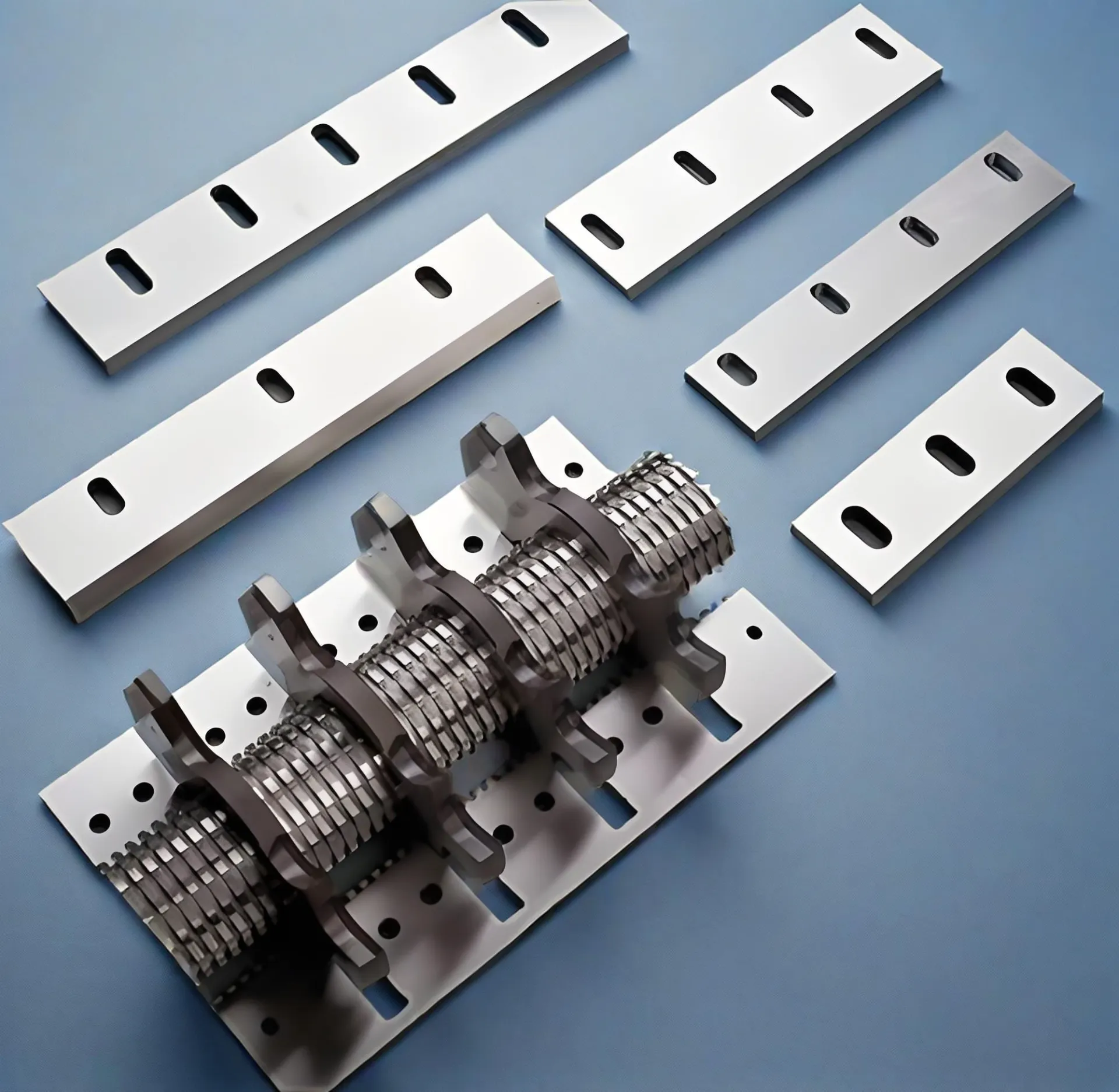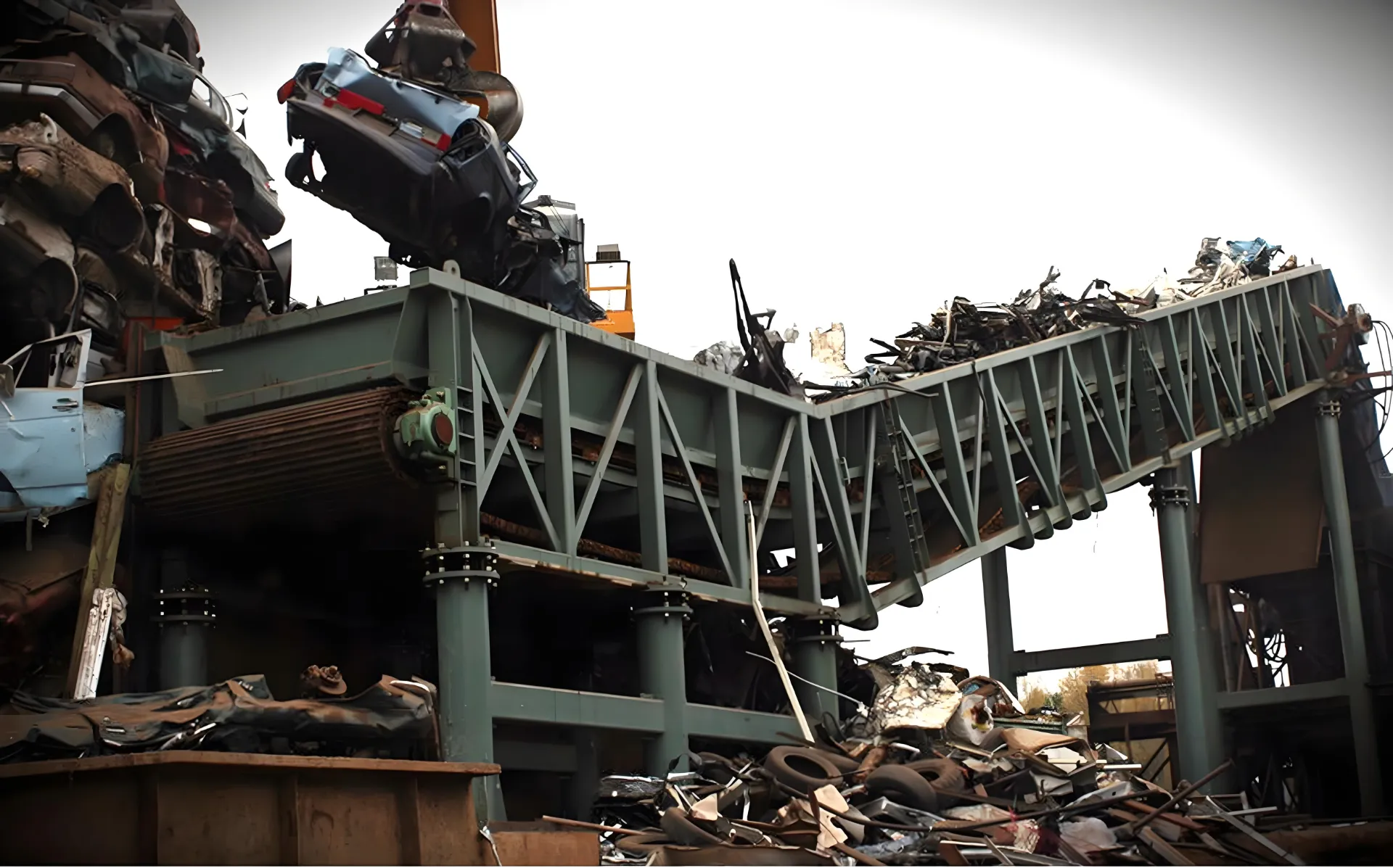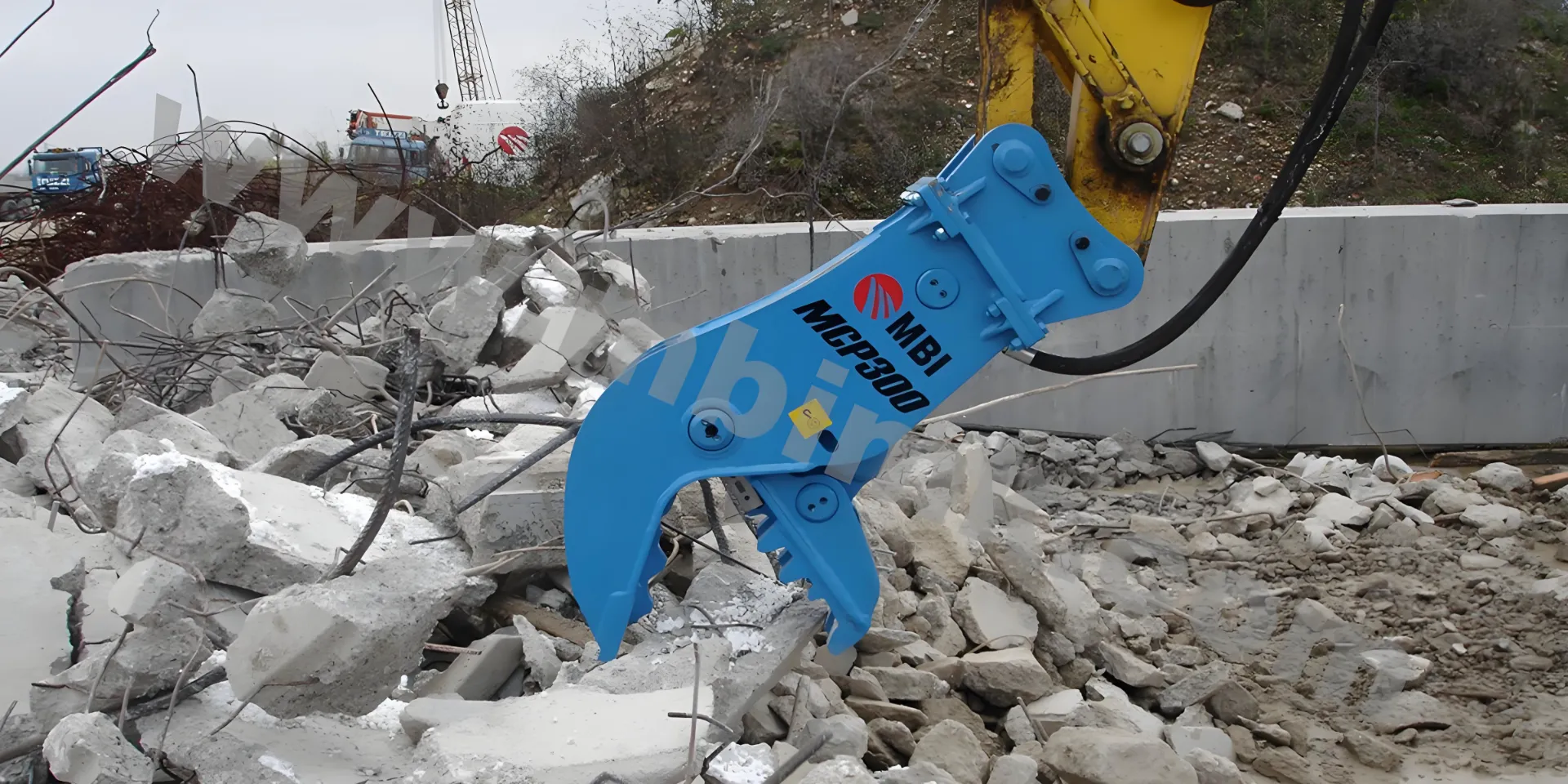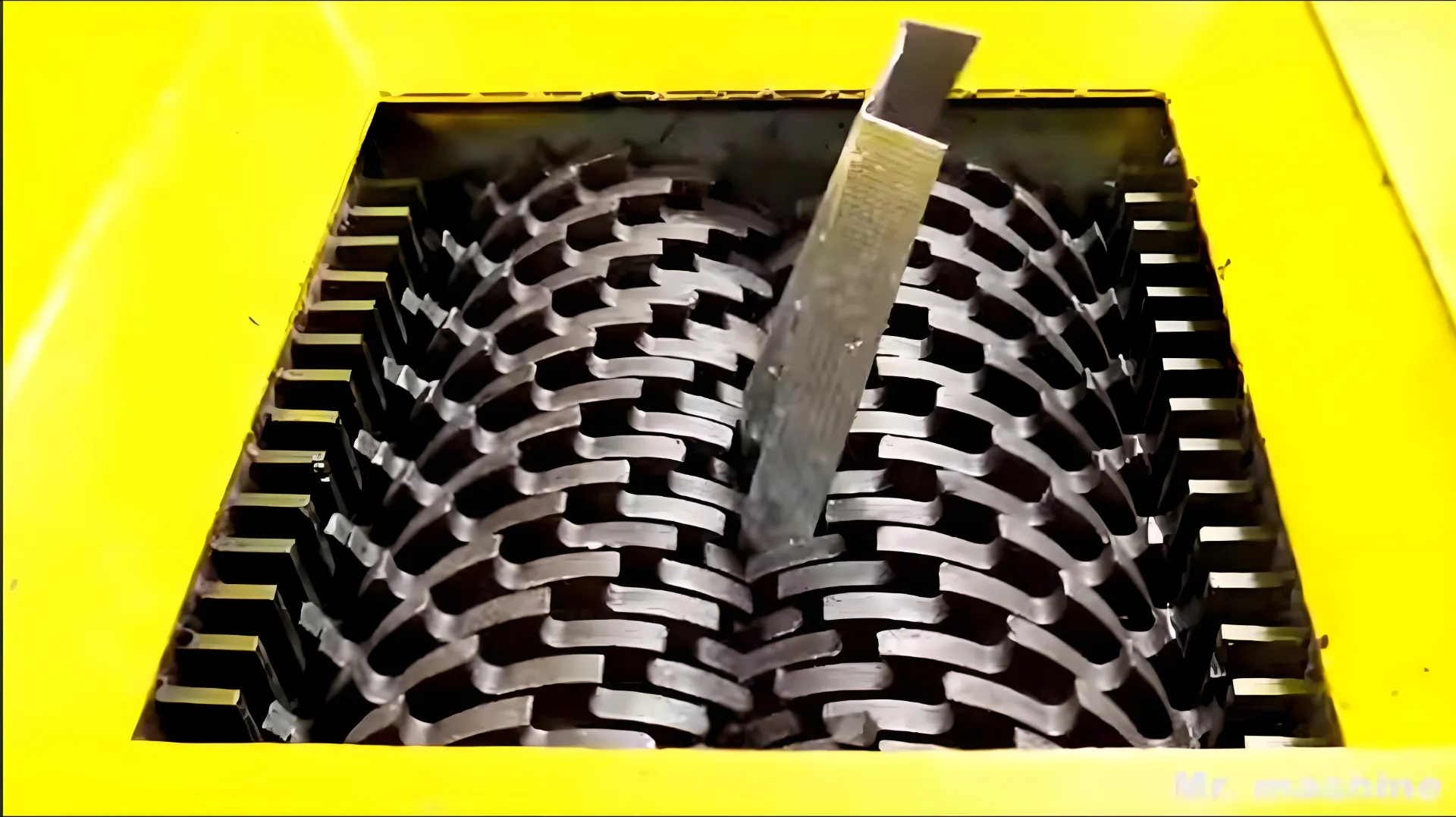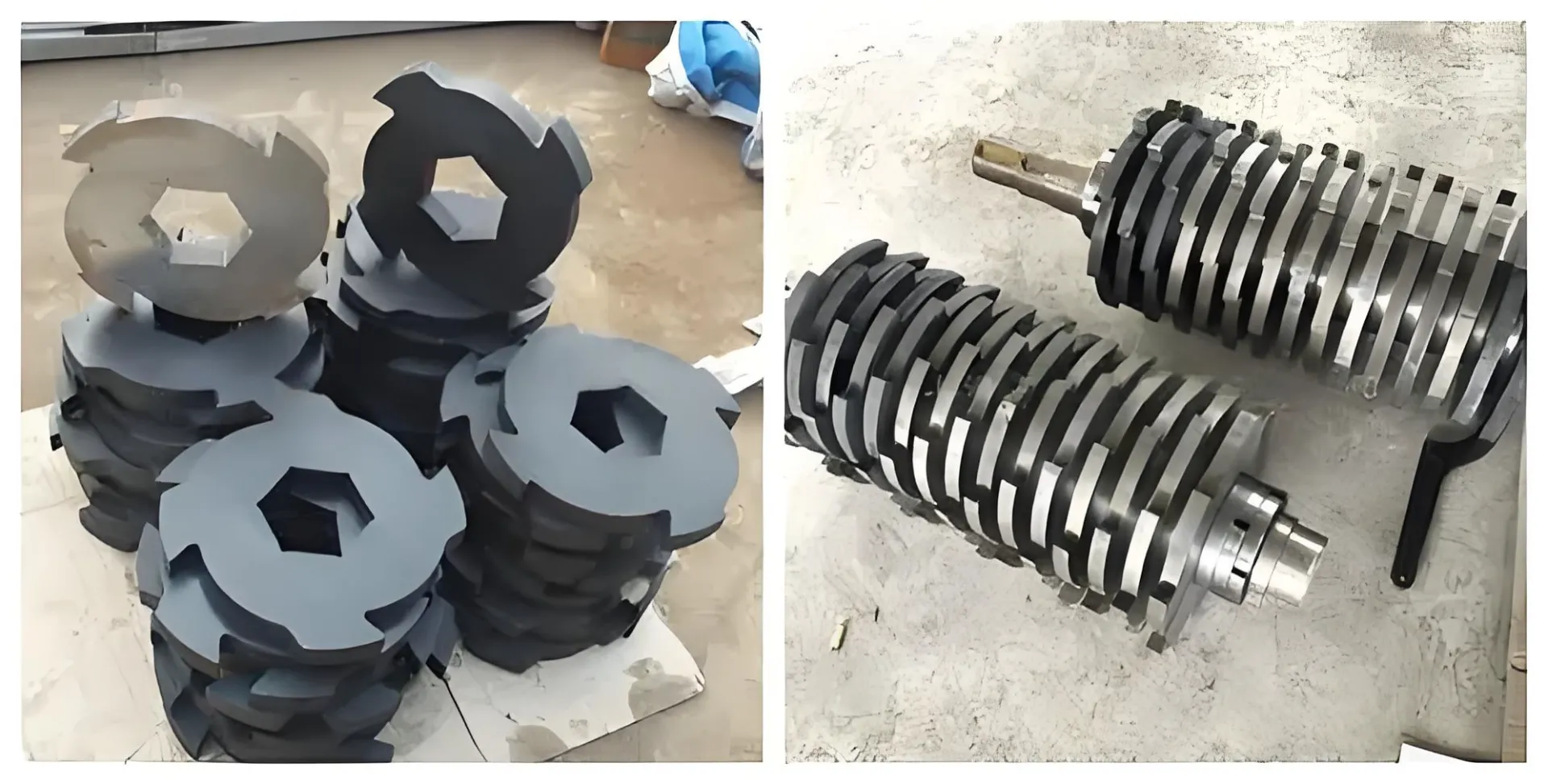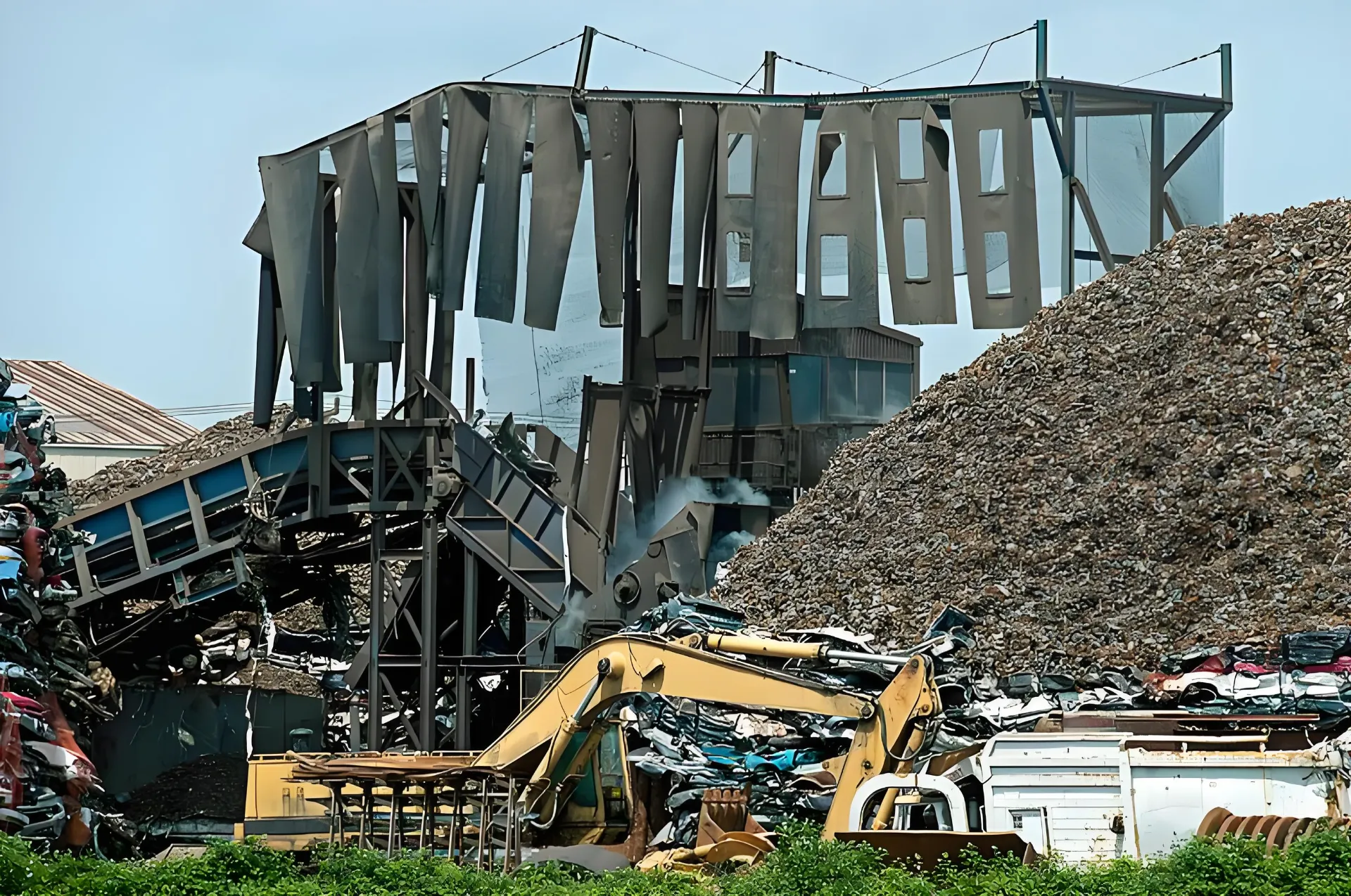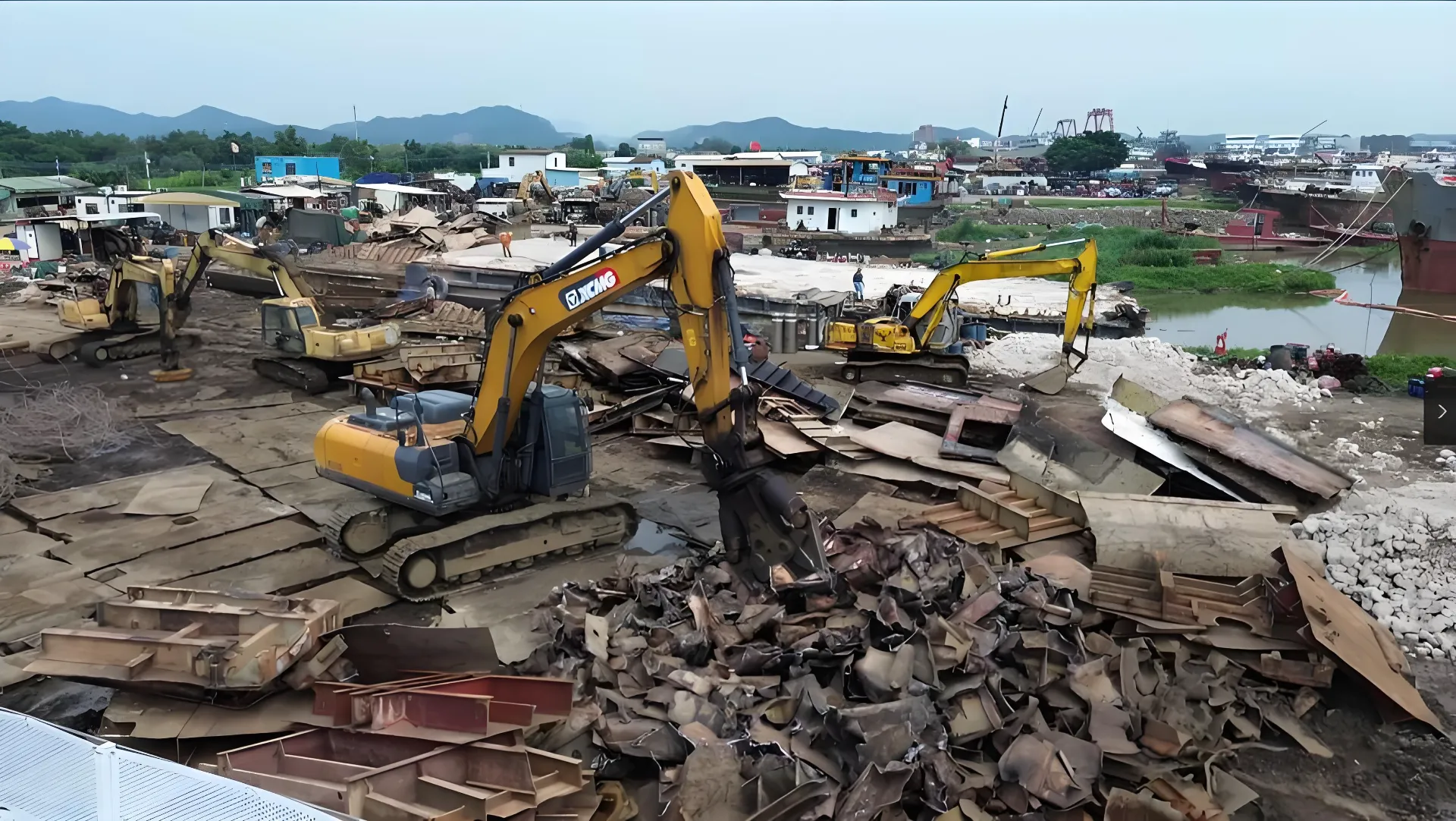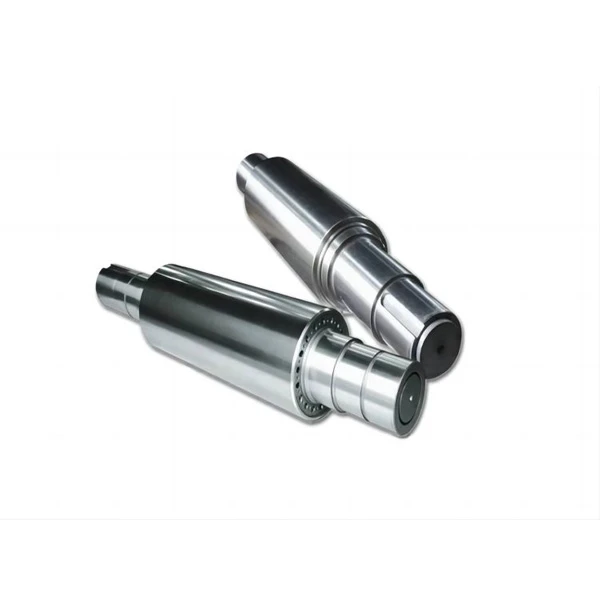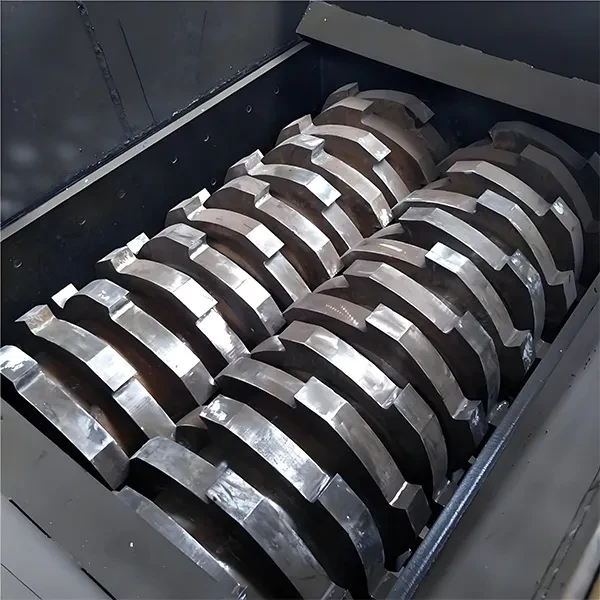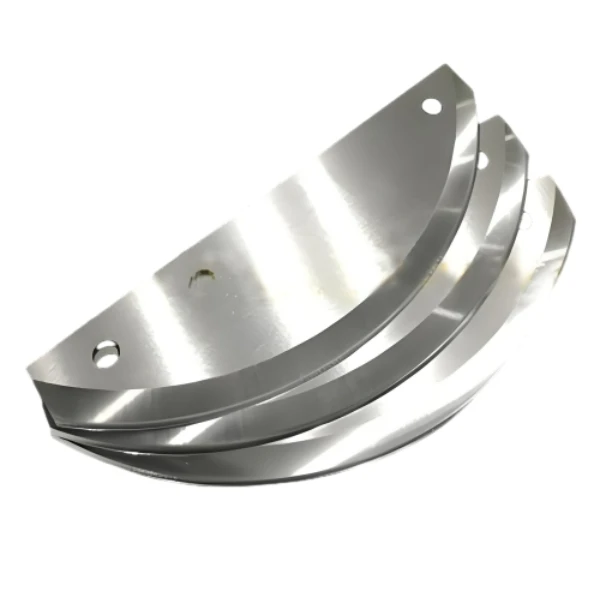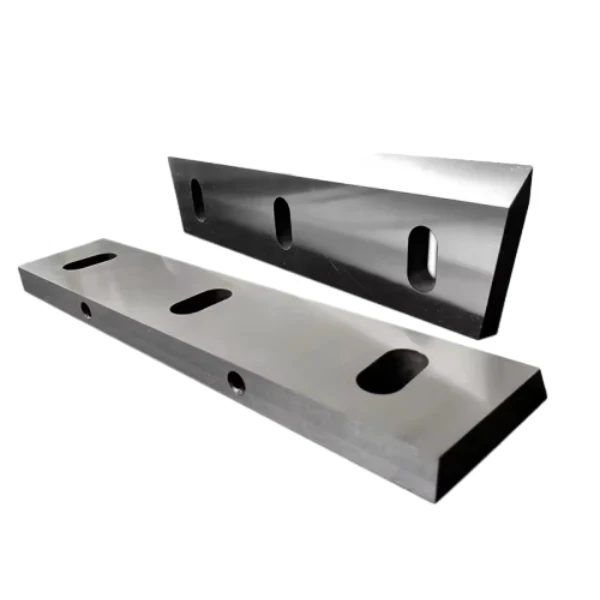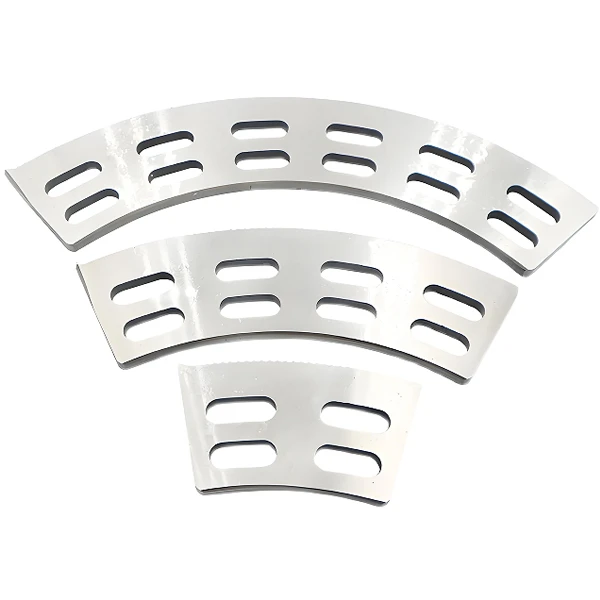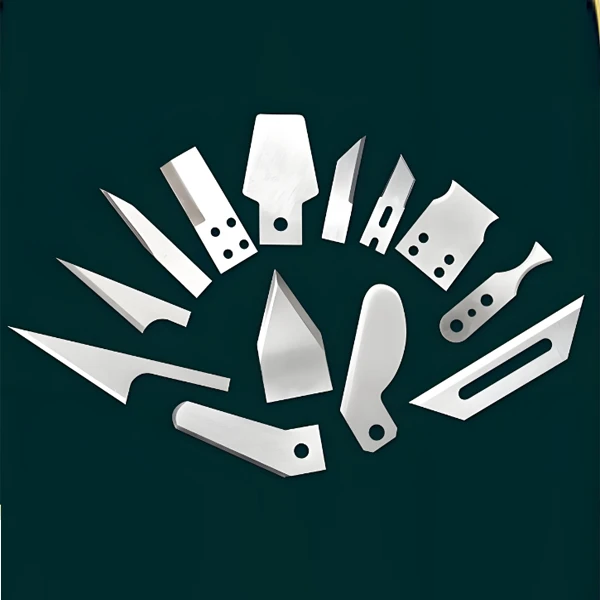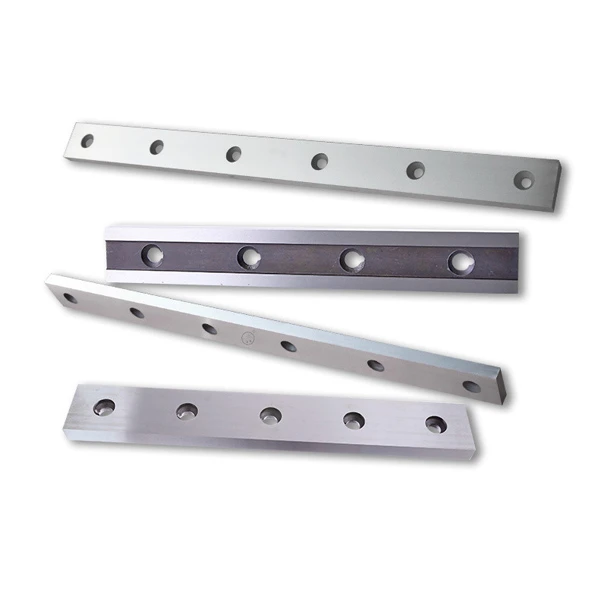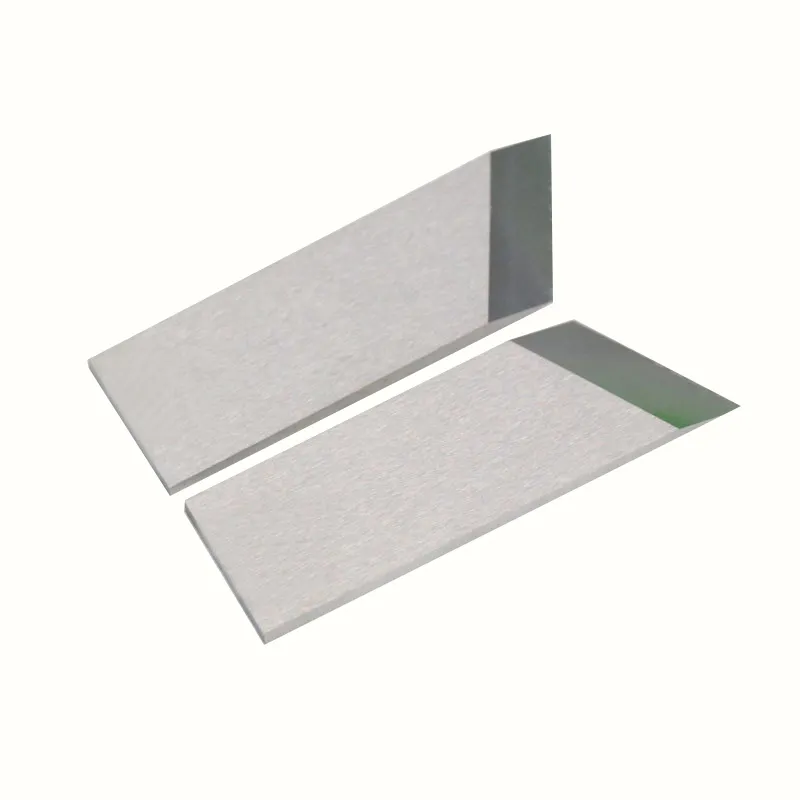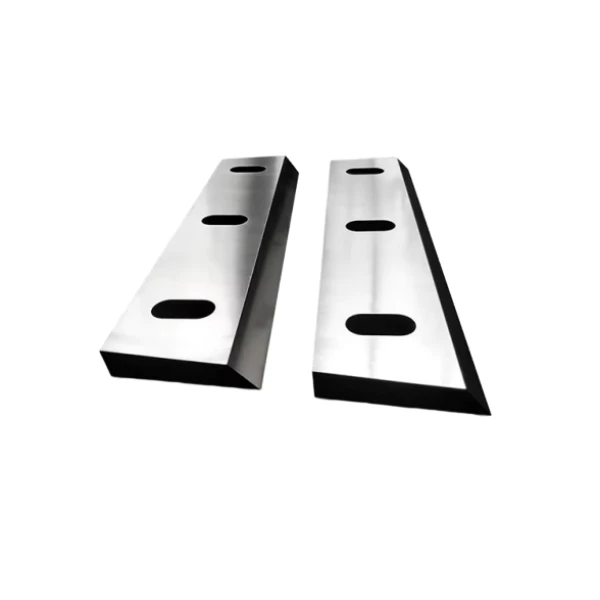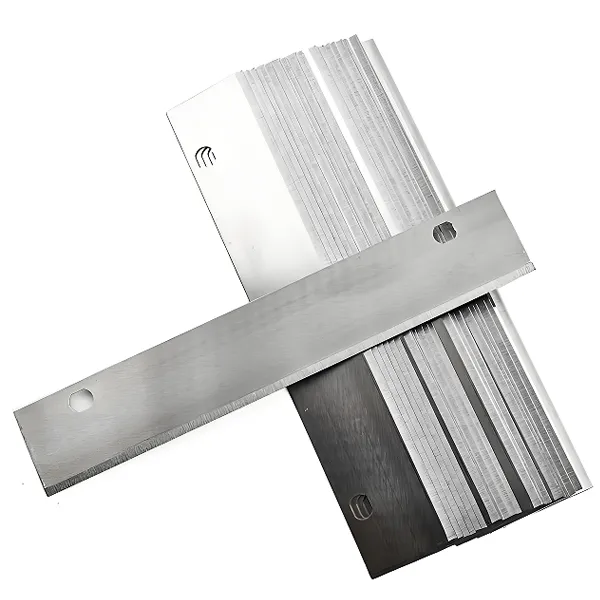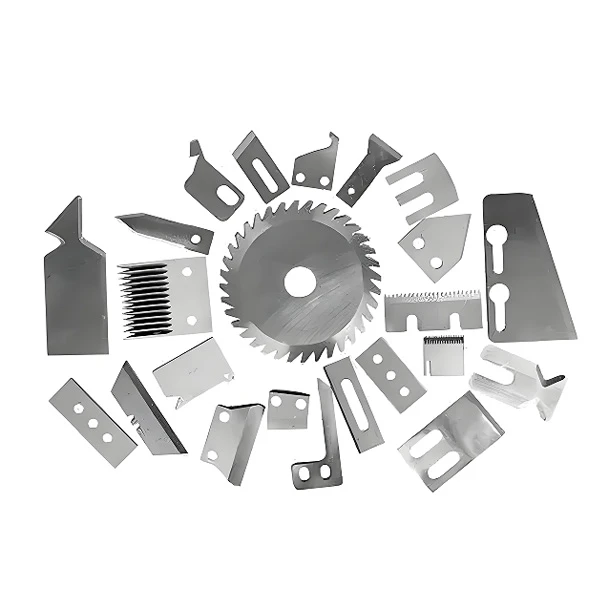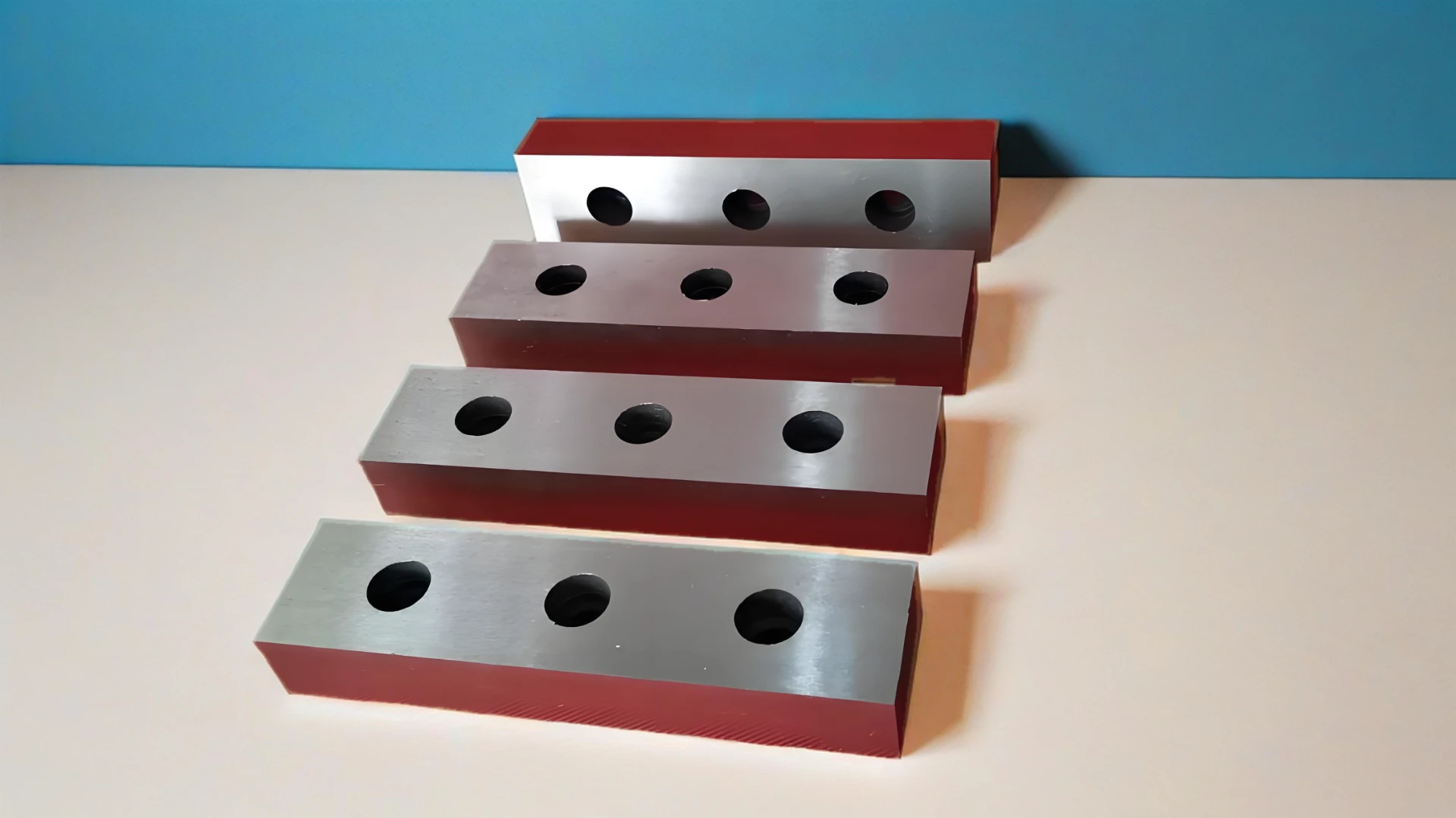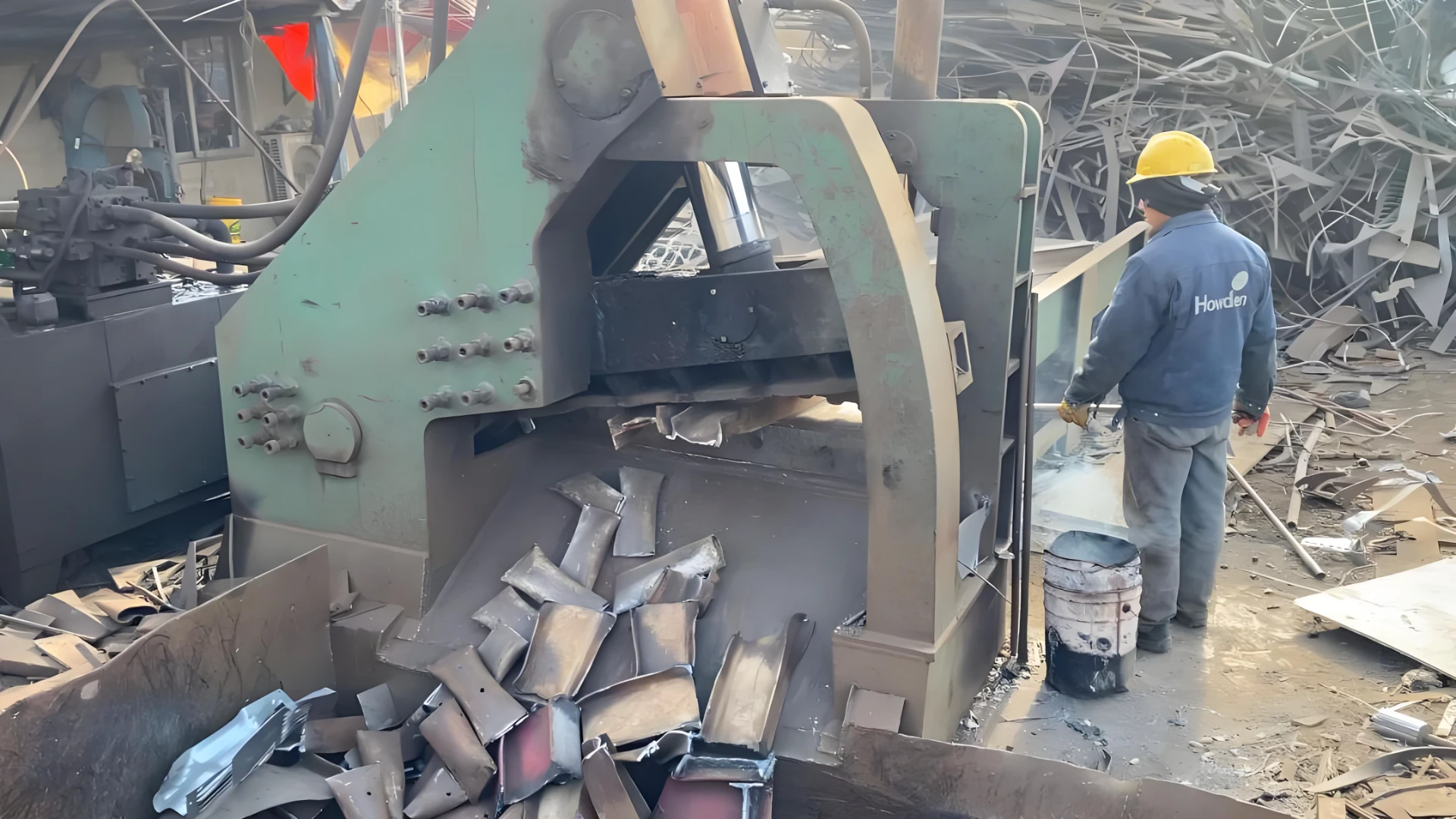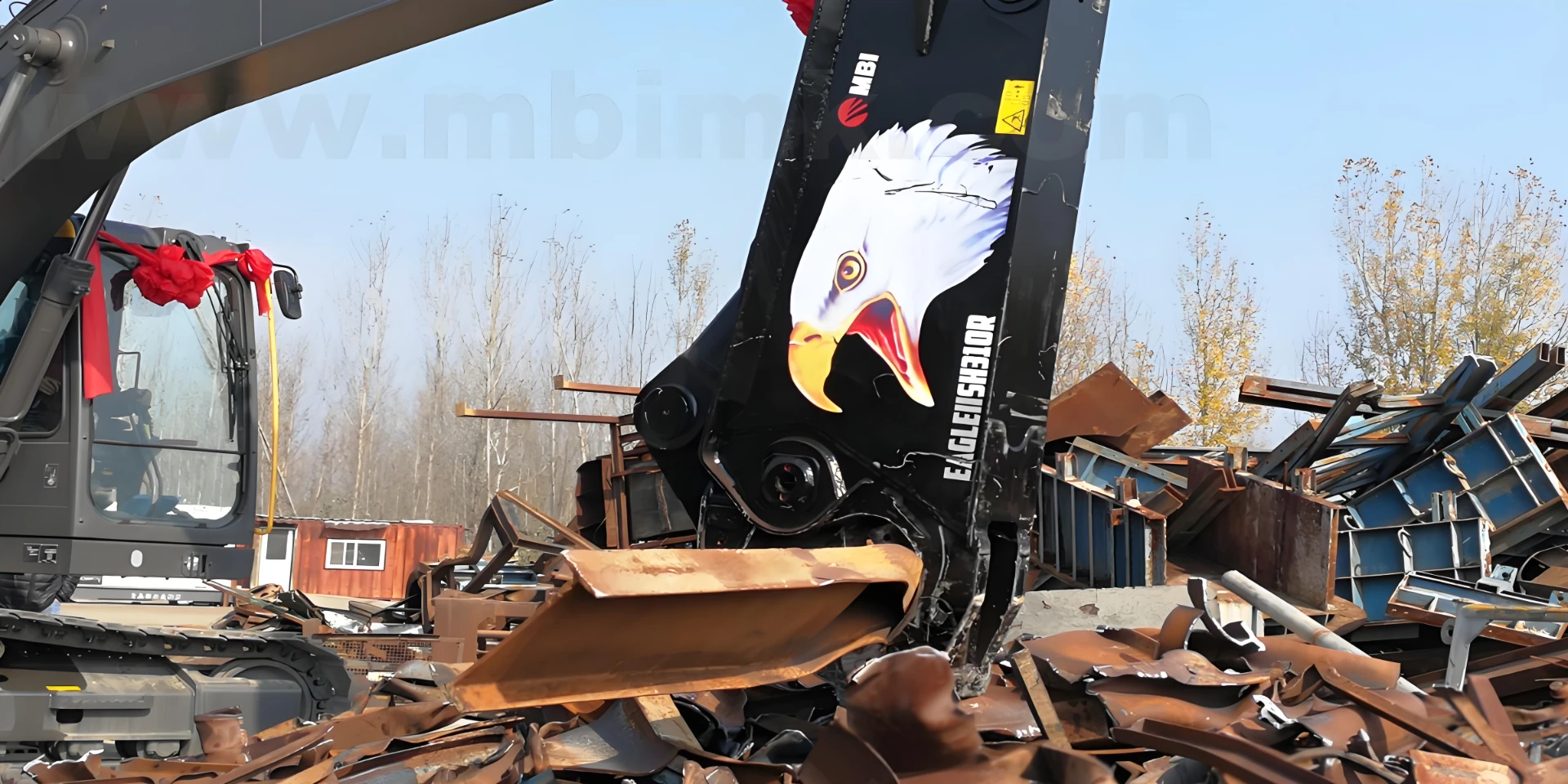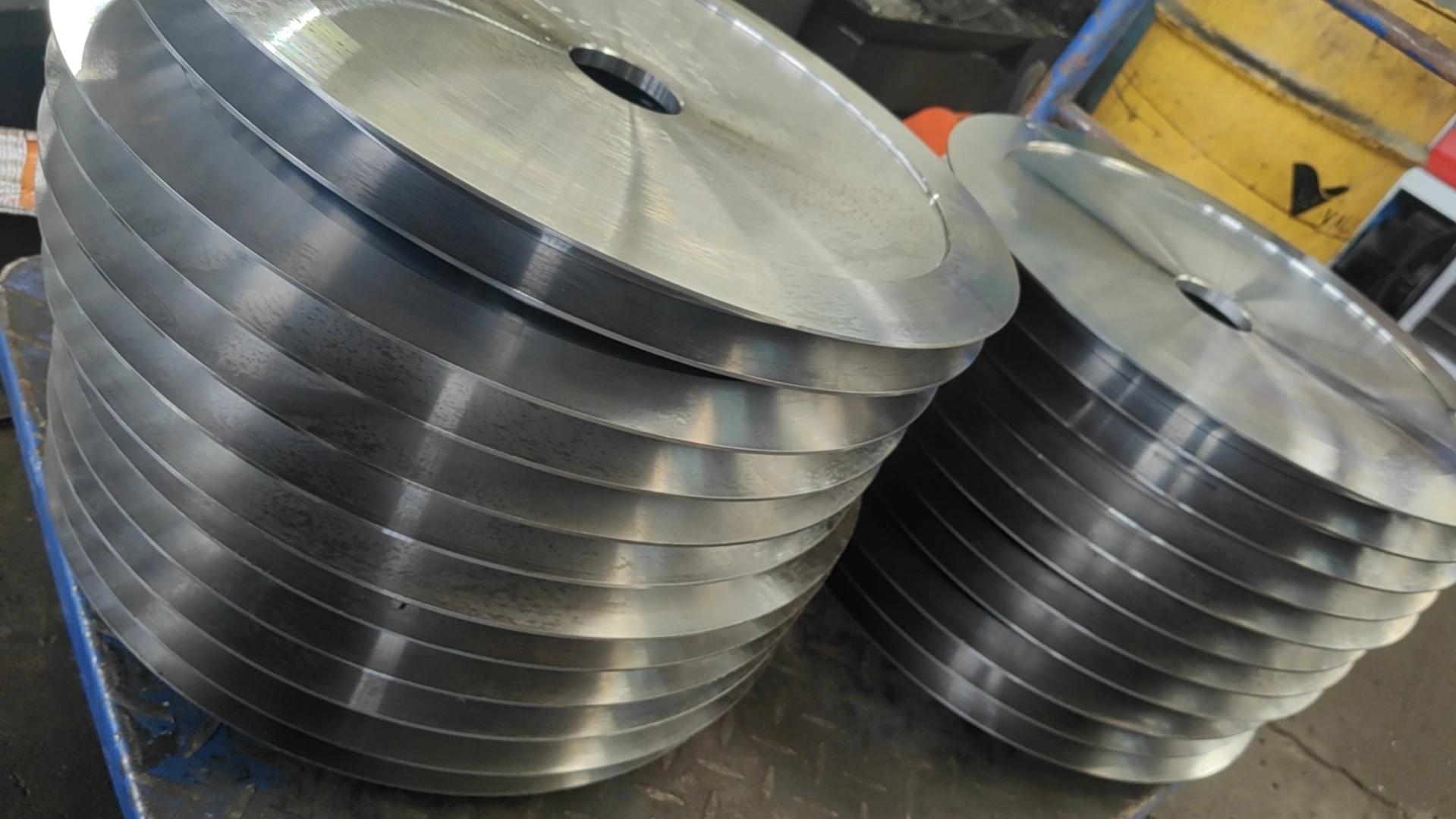As the core component of solid waste crushing equipment, metal cutting tools achieve efficient crushing of waste through high-strength shearing and tearing, laying the foundation for subsequent resource recycling. These cutting tools are usually made of alloy steel material, which has high hardness and toughness, and can withstand huge impact forces.
1、 Working principle and mechanism
Shear mechanism: When the cutting tools rotate at high speed, they cooperate with each other to apply shear and extrusion forces to the material, such as tearing it into uniform fragments when processing scrap metal or plastic.
Dynamic adaptation: By optimizing cutting parameters through sensors, the crushing accuracy of different materials (such as fibers or hard metals) can be improved.
2、 Application scenarios
Metal recycling: Processing large metal parts such as scrapped vehicles and building steel bars, crushing them for easy melting and reuse.
Electronic waste: Crush heavy electronic waste such as old circuit boards to improve metal separation efficiency.
Industrial and household waste: suitable for plastic drums, rubber products, or express packaging, with enhanced sorting purity after crushing.
3、 Performance advantages
Strong durability: Surface heat treatment and ceramic coating technology reduce wear, extend tool life, and reduce maintenance costs.
Energy efficiency improvement: The crushing process reduces the volume of waste (such as increasing the density of scrap iron to 2.5-3.0 tons/m ³), optimizing transportation and storage.
Multi material compatibility: It can handle various solid wastes such as stainless steel and industrial waste, achieving "one machine for multiple uses".
4、 Recycling and Sustainability
Waste cutting tools can be classified, repaired, or melted for regeneration, reducing resource extraction and environmental pollution, and promoting a circular economy.

